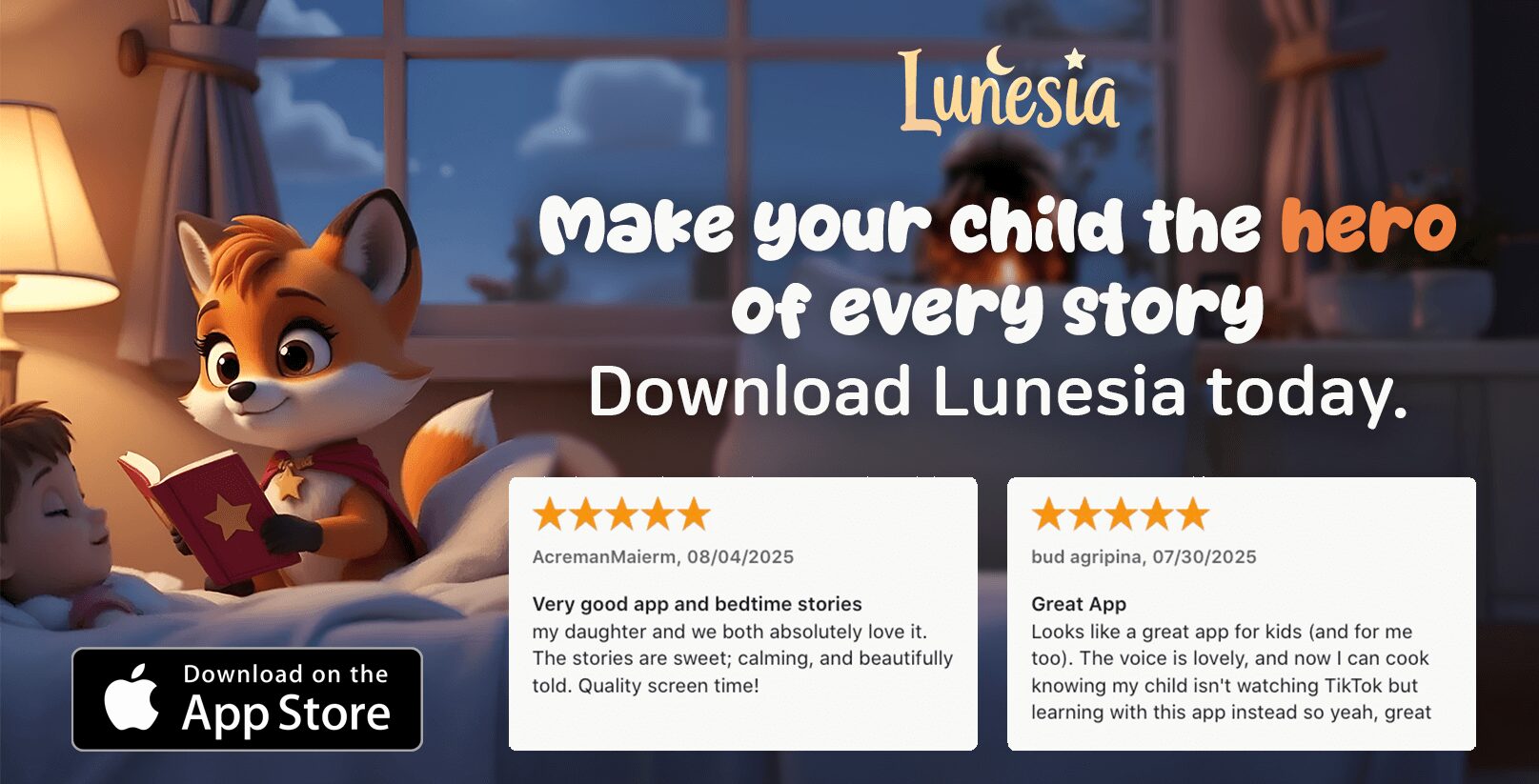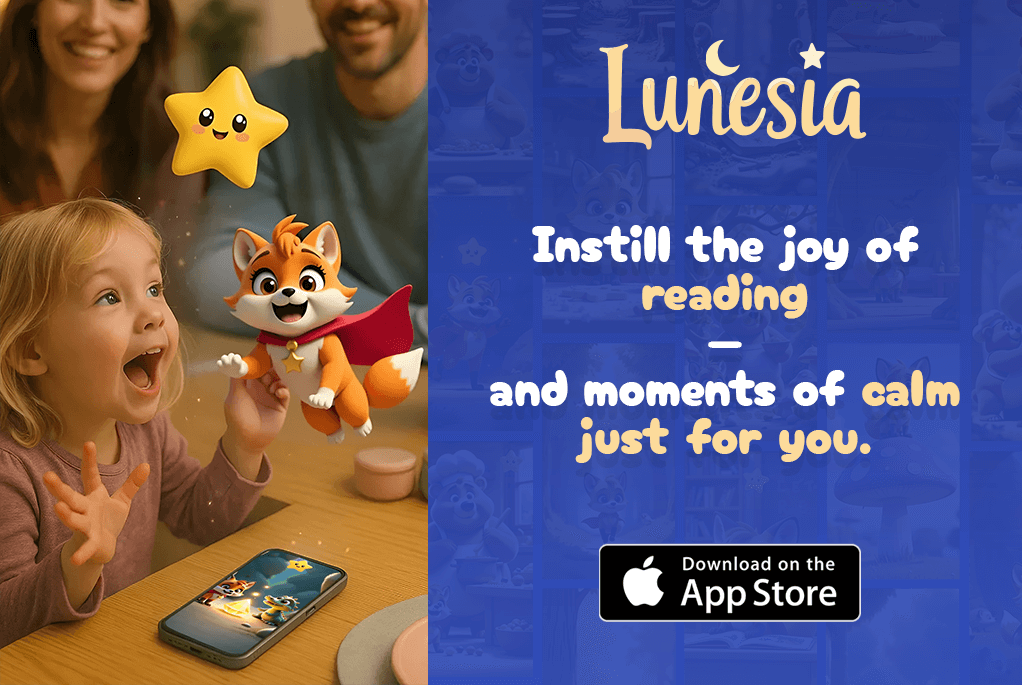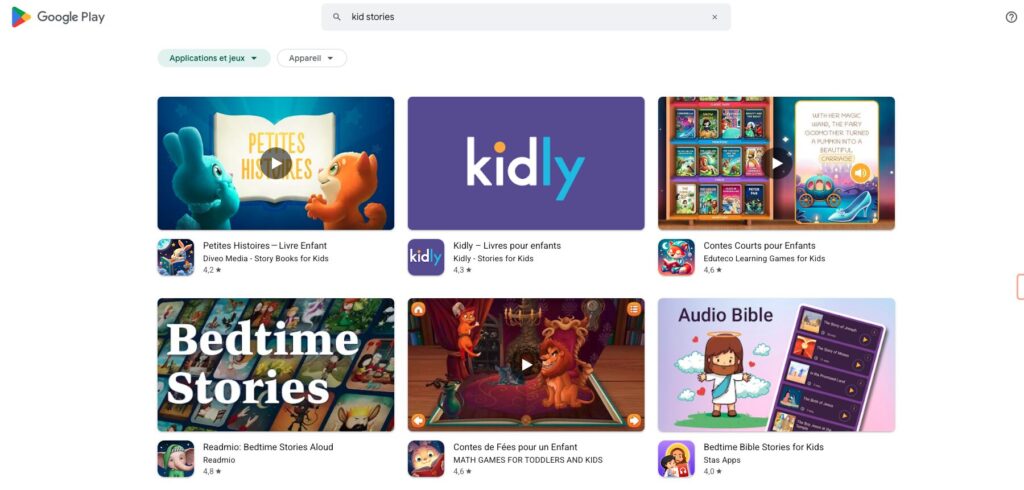As a parent, I’ve often wondered about the best way to nurture my child’s love for storytelling. Is it through the pages of a traditional book or the interactive world of modern media? It’s a question many of us face in today’s fast-paced world.

Experts weigh in on this debate, offering insights into how different methods impact learning and reading habits. While books have long been a cornerstone of childhood development, new technologies bring unique opportunities to engage young minds.
What’s clear is that both approaches have their strengths. The key lies in finding a balance that works for your family. Whether it’s a bedtime story from a beloved book or an interactive tale on a tablet, the goal remains the same: to inspire a lifelong love for stories.
Introduction
Watching my daughter mesmerized by a storybook one night and a vibrant app the next made me question: what’s the best way to share stories? 📚✨ The bedtime tug-of-war between dog-eared classics and glowing screens isn’t unique to our household—it’s a modern parenting puzzle.
Do animated tales enhance the magic or dilute the literary experience? Research shows hybrid habits are rising—families juggle library visits with Kindle downloads. But the heart of the debate isn’t just about format; it’s about what truly engages young readers.
Here’s what we’ll explore:
– How digital storytelling stacks up against traditional books in sparking joy.
– Whether interactivity deepens learning or distracts from the narrative.
– Practical ways to blend both worlds for your child’s growth.
Let’s uncover what really works—because every child deserves stories that light up their imagination, whether they’re held in hands or swiped on screens.
The Rise of Multimedia Storytelling
The way we share stories has transformed dramatically over the years. What once began with static pages has now evolved into interactive adventures. This shift has opened up new possibilities for engaging young minds and fostering creativity.

From Static Pages to Interactive Adventures
Remember the days of CD-ROM storybooks in the 1990s? They were just the beginning. Today, 87% of children’s books include interactive features like animations or augmented reality. Apps like Epic! combine audiobooks with quizzes and read-along highlights, making storytelling more engaging than ever.
Platforms like Osmo Little Genius blend physical play with digital feedback, creating a seamless mix of old and new. Schools are also embracing tools like Book Creator, where students craft their own multimedia projects. As one teacher shared, “My students retain 30% more vocabulary with interactive stories.”
The Role of Technology in Modern Storytelling
Technology has redefined how we experience stories. It’s not just about reading anymore; it’s about interacting, exploring, and learning. However, this shift isn’t without challenges. Access to these tools varies, with rural classrooms often lagging behind urban ones.
Despite these gaps, the potential is undeniable. From AR-enhanced novels to apps that blend learning with fun, the future of storytelling is bright. As parents and educators, it’s up to us to harness these tools effectively, ensuring every child benefits from this exciting evolution.
Digital Stories vs. Books: Key Differences
As a mom, I’ve noticed how my child reacts differently to flipping pages versus tapping a screen. The tactile experience of holding a book and turning its pages creates a unique connection. On the other hand, interactive features on a screen can make reading more engaging for some kids. Both formats have their strengths, and understanding these differences can help you make informed choices.
Interactivity and Engagement
Interactive tools in modern storytelling apps, like instant dictionaries or animated characters, can captivate young readers. However, 62% of parents report that while kids prefer “tap-to-play” features, they often struggle to focus on print. This raises questions about whether interactivity enhances or distracts from the narrative.
For dyslexic readers, apps like Learning Ally offer adjustable fonts and audio support, making reading more accessible. Yet, the tactile benefits of flipping pages and the sensory experience of holding a book can’t be replicated digitally.
Accessibility and Convenience
Digital formats are undeniably convenient. You can carry hundreds of stories on a single device, and features like adjustable text size cater to diverse needs. However, this convenience comes with environmental trade-offs. While e-books reduce paper use, they require energy for devices and charging.
A case study from a local library showed a 40% higher checkout rate for interactive eBooks compared to print. This highlights the growing preference for digital formats, especially among younger readers.
| Feature | Books | Digital Stories |
|---|---|---|
| Interactivity | Limited | High (animations, quizzes) |
| Accessibility | Fixed text size | Adjustable fonts, audio |
| Environmental Impact | Paper use | Energy consumption |
While digital formats offer exciting possibilities, it’s important to guard against “shiny object syndrome.” Over-reliance on flashy features can dilute deep reading skills. Striking a balance between the charm of print and the convenience of modern tools is key to fostering a lifelong love for stories.
Benefits of Digital Storytelling for Young Readers
Every child learns differently, and modern tools can meet those needs. Interactive platforms are transforming how kids build their skills, making learning more engaging and inclusive. From boosting vocabulary to catering to unique learning styles, these tools offer exciting possibilities.

Boosting Vocabulary and Language Skills
Research shows that kids using multimedia tools grow their vocabulary 25% faster than those relying solely on print. Apps like Disney Read-Along use audio narration to reinforce pronunciation, helping kids master tricky words. Another great example is Endless Alphabet, which uses playful animations to teach complex words in a fun way.
For kinesthetic learners, drag-and-drop story builders let them interact directly with the material. This hands-on approach helps them retain information better. As one speech therapist shared, “Interactive tools encourage shy kids to practice dialogue, building their confidence and skills.”
Catering to Different Learning Styles
Not all kids learn the same way. Visual learners thrive with video-based content, while auditory learners benefit from audio narration. Interactive platforms like Lunesia offer read-along features and multimedia elements, making learning dynamic and fun.
For example, visual learners can explore animated stories, while auditory learners can listen to narrated tales. Kinesthetic learners, on the other hand, enjoy touchscreen activities that let them build stories piece by piece. This adaptability ensures every child can succeed, no matter their preferred learning style.
As research shows, these tools provide a dynamic way for kids to connect with the material. By offering flexibility, they make education more inclusive and effective for all readers.
The Science Behind Engagement
Have you ever wondered why some methods of sharing stories captivate kids more than others? The answer lies in how our brains process information. Neuroscience reveals that multi-sensory learning can significantly enhance memory and engagement, especially for young minds.
Multi-Sensory Learning
When kids engage with interactive content, multiple brain regions activate simultaneously. For example, a UCLA study found that children who experienced augmented reality stories recalled 72% of plot details after 72 hours, compared to 58% for traditional print. This aligns with the dual coding theory, which suggests that combining visuals and text strengthens neural pathways.
Multi-sensory input, like touch, sound, and visuals, increases memory retention by 50% in kids aged 4-7. However, it’s essential to balance flashy effects with meaningful content. Overstimulation can distract from the learning process, so apps should include “pause points” to let kids reflect, mimicking the natural breaks of turning a book page.
Retention and Recall
Interactive tools can make the experience of reading more memorable. For instance, animations and quizzes help reinforce key concepts, making it easier for kids to recall information later. This is particularly beneficial for children with diverse learning styles, as it caters to visual, auditory, and kinesthetic preferences.
However, it’s crucial to ensure that the process remains focused on the narrative. While interactive features can enhance engagement, they should not overshadow the story itself. By thoughtfully integrating these tools, we can create a richer experience that supports long-term retention and a love for stories.
Expert Recommendations for Parents and Educators
Navigating the world of children’s storytelling can feel overwhelming, but with the right guide, it becomes a rewarding journey. Whether you’re a parent or educator, finding the best approach to engage young minds is key. Let’s explore actionable strategies to blend traditional and modern methods effectively.
Choosing the Right Format for Your Child
Every child is unique, and their needs evolve as they grow. For toddlers, print-heavy materials are ideal. The tactile experience of holding a book helps develop fine motor skills and fosters a love for reading. As children reach ages 6-10, a blended approach works best. Combining physical books with interactive tools keeps them engaged while building critical thinking.
Michael Hernandez, an expert in education, advises, “Use modern storytelling as a scaffold, not a replacement.” This means leveraging apps and platforms to enhance, not overshadow, traditional methods. For example, apps like Novel Effect add soundscapes to physical books, creating an immersive experience.
Integrating Both Formats Effectively
One effective strategy is to create a weekly plan that balances both formats. A teacher shared her approach: Mondays are for e-books, Wednesdays for library visits, and Fridays for student-created multimedia projects. This routine ensures children benefit from the strengths of both worlds.
Another tip is to let kids document family trips via photo stories. As Hernandez suggests, “This builds narrative skills while making learning personal.” Additionally, setting “tech curfews” can protect bedtime reading rituals, ensuring a healthy balance.
For more examples of effective storytelling apps, check out this resource. It’s a great way to discover tools that can enrich your child’s learning journey.
Challenges and Considerations
Balancing screen time and traditional reading can feel like walking a tightrope for many parents. While interactive tools offer exciting opportunities, concerns about over-reliance on technology are valid. Finding the right way to blend both worlds is key to fostering a love for reading without compromising its joy.
Screen Time Concerns
Many parents worry about the impact of excessive screen time on their children’s attention spans. According to the American Academy of Pediatrics (AAP), children aged 2-5 should have no more than one hour of educational screen time per day. This guideline helps ensure that reading remains a meaningful activity rather than a passive one.
One practical tip is to use grayscale mode on tablets. This reduces visual overstimulation and helps kids focus on the content rather than the flashy colors. Another strategy is to set “book dates” where devices stay off, allowing families to reconnect with the tactile experience of flipping through books.
Maintaining the Joy of Traditional Reading
While technology has its place, the charm of traditional books remains unmatched. Libraries across the country are hosting “unplugged story hours” to encourage families to step away from screens and rediscover the magic of print. These events create a balanced approach to reading, ensuring kids appreciate both formats.
One family shared how they reclaimed dinner time by switching to cookbook-based meals. This simple change not only reduced screen use but also brought the family closer together. It’s a reminder that sometimes, the best way to work with technology is to step away from it.
| Strategy | Benefit |
|---|---|
| Grayscale Mode | Reduces visual overstimulation |
| Book Dates | Encourages focus on print |
| Unplugged Story Hours | Balances digital habits |
| Cookbook-Based Meals | Reclaims family time |
Real-World Examples and Case Studies
Seeing how schools and families are blending traditional and modern methods has been eye-opening. Across the country, educators and parents are finding innovative ways to engage young minds. These real-world examples show how combining different approaches can lead to remarkable outcomes.
Schools Embracing Multimedia Learning
In California, one school district saw a 15% increase in literacy scores after adopting Book Creator. This tool allows students to craft their own multimedia projects, blending text, images, and audio. Teachers reported that students were more engaged and retained information better.
Another inspiring example comes from a Texas school using Minecraft Education. Students built historical narratives within the game, combining creativity with critical thinking. One teacher shared, “It’s amazing to see how much they learn while having fun.”
Parental Feedback and Outcomes
Parents are also seeing the benefits of these tools. One mom shared how Khan Academy Kids helped her autistic son communicate through story-making. “It gave him a voice he didn’t have before,” she said. However, some parents and teachers report challenges, like tech glitches disrupting lesson flow.
Research shows that students using a mix of print and multimedia scored 22% higher on standardized tests compared to those using only one format. This highlights the importance of balance in learning methods.
| Approach | Outcome |
|---|---|
| Book Creator | 15% higher literacy scores |
| Minecraft Education | Enhanced creativity and critical thinking |
| Khan Academy Kids | Improved communication for autistic children |
| Mixed Print + Multimedia | 22% higher test scores |
Nonprofit initiatives like StoryWeaver are also making a difference. They offer free multilingual resources, ensuring every child has access to quality materials. These examples show that when used thoughtfully, modern tools can enrich the learning experience for kids around the world.
Conclusion
Finding the right mix of storytelling methods can light up your child’s imagination. There’s room for both dog-eared books and interactive tales in their journey. Watch closely—what format makes their eyes light up? That’s your guide.
Try rotating formats seasonally. Swap bedtime books for campfire tales on tablets during summer trips. It keeps the experience fresh and exciting.
Remember, you’re not choosing sides. You’re building a world where stories spark joy in every form. Tools like interactive language platforms can even turn learning into play. 🌟 Here’s to raising readers who love stories—no matter how they’re told!
FAQ
Are multimedia formats as effective as traditional reading for learning?
Yes, multimedia formats can be just as effective, especially for young readers. They offer interactive elements that engage multiple senses, helping to boost vocabulary and cater to different learning styles.
How does technology enhance storytelling for children?
Technology transforms static pages into interactive adventures. It adds animations, sound effects, and touchscreen interactions, making the experience more immersive and engaging for kids.
What are the main differences between multimedia and traditional books?
Multimedia formats offer interactivity and convenience, allowing kids to engage with the content in dynamic ways. Traditional books, on the other hand, provide a tactile experience and encourage focused reading.
Can multimedia storytelling improve language skills?
Absolutely! Interactive features like word pronunciation and contextual animations help children expand their vocabulary and understand language in a more engaging way.
How can parents balance screen time with traditional reading?
Parents can set specific times for each format. For example, use multimedia for interactive learning during the day and reserve traditional books for bedtime to maintain the joy of reading.
Are there any concerns with using multimedia for storytelling?
While multimedia is beneficial, it’s important to monitor screen time to ensure it doesn’t replace the tactile and imaginative experience of traditional books.
What should parents look for when choosing a format for their child?
Consider your child’s learning style and interests. Some kids thrive with interactive elements, while others may prefer the simplicity and focus of traditional books.
How are schools incorporating multimedia into learning?
Many schools are using interactive apps, videos, and games to complement traditional teaching methods. This approach helps cater to diverse learning needs and keeps students engaged.
What do parents say about multimedia storytelling?
Many parents report positive outcomes, noting that their children are more engaged and motivated to learn. However, some emphasize the importance of balancing it with traditional reading.



